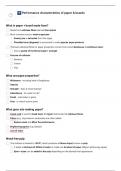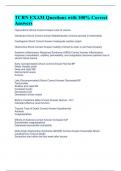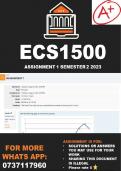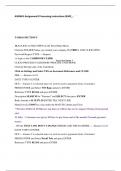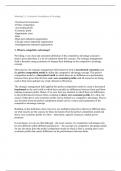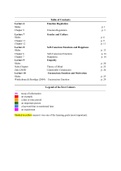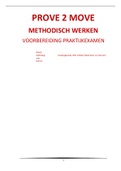Lecture notes
Lecture notes on Technical principles - UNIT 1
- Module
- Technical principles (7552)
- Institution
- AQA
Extensive and easy to understand classnotes for Unit 1 - within technical principles for paper 1. These helped me achieve an A* throughout the course.
[Show more]
